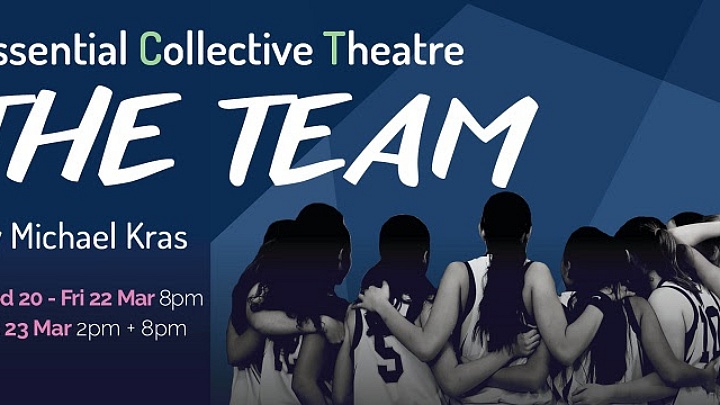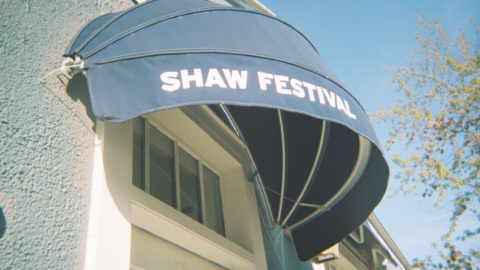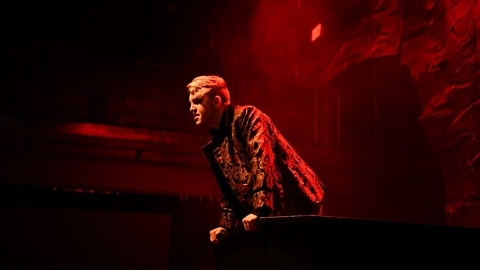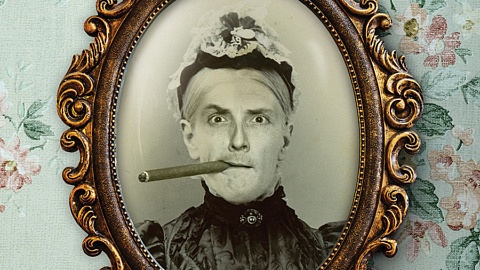Hello theatre creators, educators, scholars and everything in between! I hope you’re having a productive-yet-restful summer. Ever wonder what it’s like...
By Mae Smith
The other half of our embedders give their final thoughts on The Team to close out DART Critics’ time embedding with Essential Collective Theatre.
Dani Shae Barkley, Jonah Pace, and Kristina Testa write,
When we walked into the Robertson Theatre at the FirstOntario Performing Arts Centre and saw an almost sold out audience, we felt a sense of proud excitement as we anticipated the events that would unfold onstage. We hold our embedding experience with ECT dearly and, as we overlooked the basketball court taped down on the stage, we reflected on the experiences that we have had with The Team from the beginning of the process. We were thrilled to recognize the completion of our embedding journey, as the lights came up on The Team.
Having watched the rehearsals from the left side of the rehearsal space, viewing the performance from a central location made the set pieces and scene work appear fresh to us. The set, costumes, and staging reflect the concepts presented to us by Anthes and McCoy in our first meeting with them. The show’s set design is the way we imagined it when McCoy first gave us a description in our interview with him. White tape marks the basketball court boundaries on the floor, and the tape seems to be glow under the black light. The light is a pleasantly surprising addition to the performance, illuminating small details otherwise unnoticeable. We were able to see the actors’ shoes glow in the dark space. The black light also makes for impressive scene changes, wherein the actors are able to fluidly transition from one scene to another, changing costumes, props, and set pieces without the help of any backstage crew. In a particularly swift scene change, which occurs between the party scene and a confrontation between Bobbie and Miranda, Kaylyn Valdez-Scott sweeps crushed chips off-stage so smoothly it seems to be a continuation of the previous scene’s choreography.
Ethan Rising’s sound design is a dynamic contribution to the show, especially during these scene changes. Rhythmic music that incorporates basketball sounds (such as a basketball hitting the gym floor) is a highlight for us. The music in the party scene and the sound of the basketballs bouncing on the court both add another layer of intricacy to a plot line we had become familiar with in rehearsal. As mentioned in our previous posts, there are no basketballs used onstage, so the actors mime the presence of basketballs. Rising’s sound effects couple flawlessly with the actors’ choreographed scene-work.
We were previously exposed to some of the casts’ costumes (designed by Jo Pacinda) in rehearsal, and anticipated the aesthetic cohesion that would come with the actors being fully costumed. Bradford’s outfit during the party scene, as revealed to us on opening night, is in perfect unity with their character. We are also surprised to see that Bradford had dyed their hair since the last time we saw them. Both of these stylistic choices solidified the character of Bobbie: her underdog-with-an-objective persona is eloquently paired with a laid-back flannel shirt and bleach blonde hair.

Kaitlin Race, Lennon Bradford, Laura Welch, Emily Lukasik, and Kaylyn Valdez-Scott in The Team. Photo by Lauren Garbutt Photography.
It was electrifying watching this opening night performance with an audience who had never seen this show before. What were they going to laugh at? Did they see what just happened? Did they miss that great facial expression? It was jolting to witness responses we expected and others we did not. We found ourselves hyper-invested in the audience’s reactions. Although the energy of the audience seemed to be responsive to the material, there were several audience members talking throughout the performance. Our first instinct was to turn around and tell them that priceless moments were being lost because of their chatting. Luckily, another person ended up shushing them.
We also noted an interesting division in the audience’s reactions to certain jokes and behaviours onstage. When jokes regarding sex and feminine hygiene were being told, we heard a lot of female laughter, whereas there was not a lot of laughter from male audience members. It surprised us that during Jenna’s (Laura Welch) breakdown in the middle of the party scene, several audience members laughed. Because Welch’s character is comedic throughout the production, her breakdown came across as another comedic moment; we sat straight-faced, already knowing the outcome and emotional importance of the scene. These instances brought to light the impact that the embedding process has had on us as audience members.
It would be an understatement to say that the cast was on the ball during opening night. We are privileged to have seen all the facets of the performance we witnessed in rehearsal unify on opening night. Like a game down to the wire between two rival teams, we were on the edge of our seats.
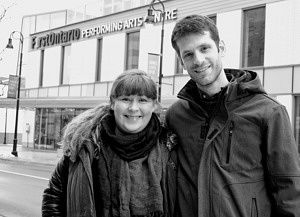
ECT General Manager Rebecca Walsh and Artistic Director Colin B. Anthes. Photo courtesy of Essential Collective Theatre
After experiencing ECT’s rehearsal process, we feel personally connected to their final project. Being given the opportunity to observe the artistic team throughout their creative process changed our spectatorship, for the better. For us, the performance became a sort of graduation, watching Kras’ words grow into fully developed characters. We saw the creative team discover complex characters; the performance, a convocational event, became the embodied accomplishment of their work. The actors’ dauntlessly reached for high hoops on their opening night, baring characters dreaming of new heights. We are left wondering what will become of Bobbie, Miranda, Jess, Jenna, and Alicia as they proceed toward their graduation from White Oaks secondary school. Either way, in our estimation, the success of ECT’s creative team is un-doubtable. The performance was a slam-dunk!
Related Posts
For nearly two years, theatre lovers have felt entrapped in their own little purgatories. Artists have been unable to perform on stages, and audiences been...
Frances Johnson graduated from the Department of Dramatic Arts in 2020 and was about to begin an internship at the Shaw Festival when the Covid-19 pandemic...
For nearly two years, theatre lovers have felt entrapped in their own little purgatories. Artists have been unable to perform on stages, and audiences been...
Frances Johnson graduated from the Department of Dramatic Arts in 2020 and was about to begin an internship at the Shaw Festival when the Covid-19 pandemic...
Leave a Reply (Cancel Reply)
Twitter Feed
Blogroll
DARTcritics.com is partially funded by the Marilyn I. Walker School of Fine and Performing Arts, in support of student learning; experiential education; student professionalization; public engagement with the teaching, learning and production activities of the Department of Dramatic Arts; new ways of thinking; and the nurturing of links with our communities.

